As an Amazon Associate I earn from qualifying purchases.
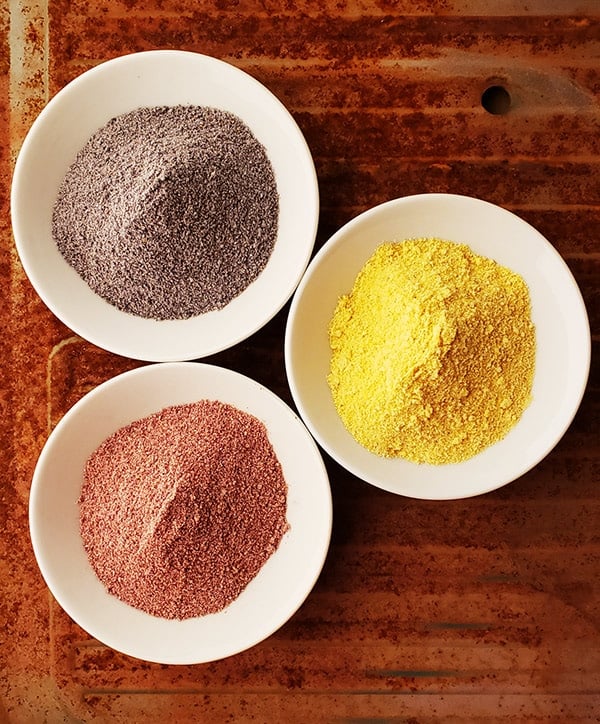
File homemade masa harina, which is masa flour, into the “Because I Can” category. Making masa harina at home is a labor of love, but one I firmly believe is worth your time.
Let’s start with what is masa harina? It means “dough flour” in Spanish, and it refers to fresh corn masa that has been dried to a flour. Masa harina is incredibly useful for making homemade tortillas, tamales or any other food that uses masa because all you need to do is add water and you’re ready.
To be clear it is not corn flour and you cannot substitute cornmeal or corn flour for masa. Masa harina is nixtamalized, which we’ll get into in a bit.
Before we get too far, know that freshly masa is a superior product, hands down. But that requires you to nixtamalize corn overnight, then grind the corn, while it’s wet, fine enough to make a tortilla. It is absolutely doable, but making fresh tortilla masa at home is a post for another day.
Virtually the entire Mexican disapora, whether in Mexico itself or Chicago or Florida, Texas or wherever, uses an industrial masa harina, and most of that is the brand Maseca.
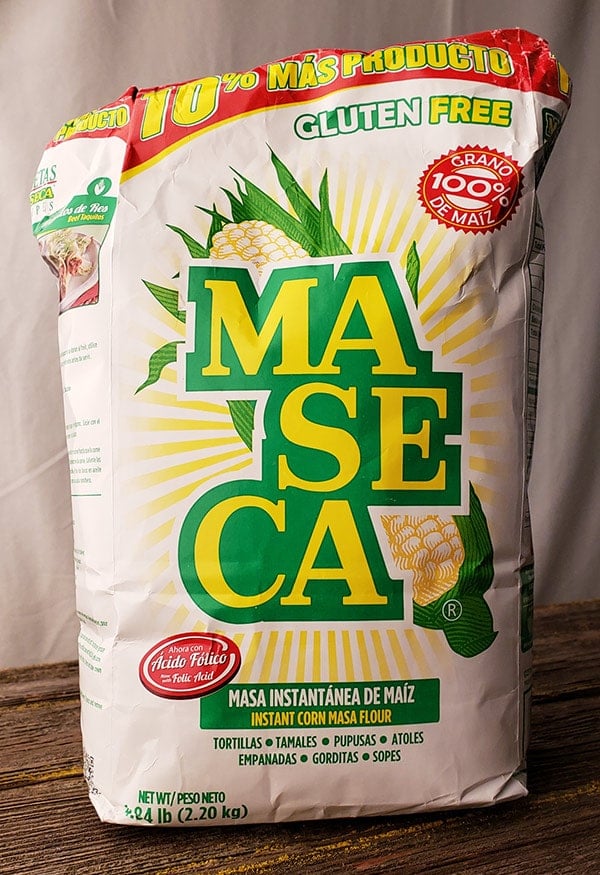
It is not a very good product. Will it make a better tortilla than one you buy premade in the store? Sometimes, but with the advent of “artisan” tortillas on the market, and the expansion of real Mexican markets everywhere in the US and Canada (I found a nice little market in Winnipeg recently), you can often buy better tortillas made at the store itself.
But until very recently Maseca was your only option if you wanted to actually make tortillas or tamales or whatever at home. There are now two companies that make a much better quality masa harina than Maseca: Bob’s Red Mill and Masienda. Both make an excellent masa harina that I can recommend.
Bob’s masa harina is yellow and Masienda’s is white, or really ivory. That has most of your masa needs covered, yes? Well, sorta. You will notice the red and blue masa harina in the picture. You cannot buy that anywhere. You have to make it at home.
The real advantage of making your own masa harina is that you can use any variety of corn you can get your hands on, or grow yourself. Color is the chief attraction here, but also flavor: Some of you reading this are Southerners, and Southerners know that good grits matter.
It’s the same with masa harina, which are, in a galactic sense, just fine grits. Good grits have texture, better flavor and aroma — and they also need to be refrigerated because they’ll go rancid after a couple months at room temperature. Ditto for masa harina.
Here’s how to make your own.
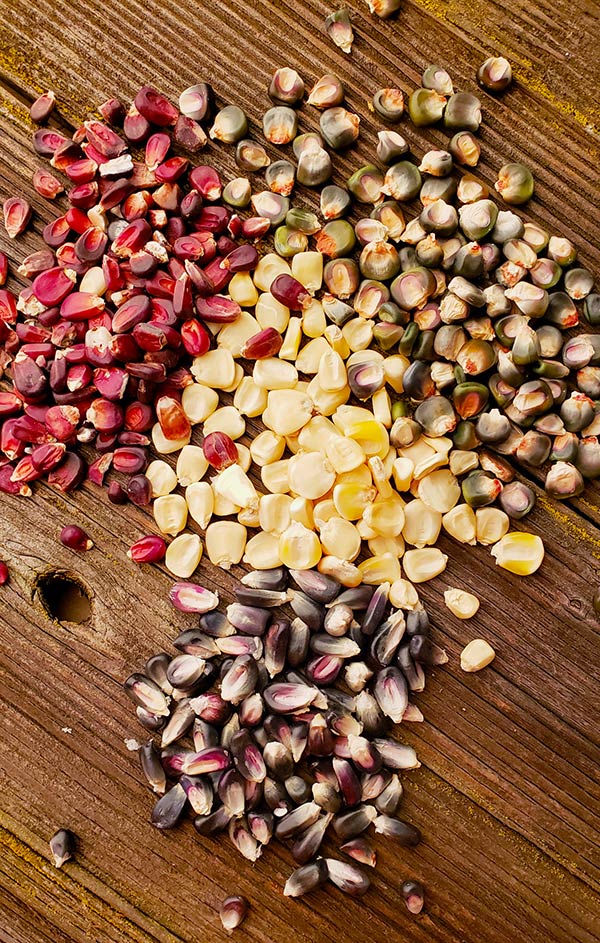
Start with corn. Duh. And if you are going to do this, you want legit, heirloom flour, dent, or flint corn if that’s all you can find. I recommend buying from Masienda, Heirlooms and More, or, for red bloody butcher corn (the red corn in the picture), Breadtopia. Or grow your own.
You absolutely need special equipment, alas. I use a hand grinder, a dehydrator and a dry blender.
I use an old-school Victoria grinder, but Corona makes one that’s just as good. It costs about $50, although if you look on Craigslist I am sure you can find them cheaper. For a dehydrator, there is nothing better than an Excalibur 9-Tray, which, at $180 isn’t cheap, but I’ve used mine for many years for dehydrating everything. I’ll give you some other options in a moment. The dry grinder I prefer is the Vitamix Dry-Grains Container, largely because I already have a Vitamix blender. (Oh, and none of these companies is paying me to recommend their products.)
OK, that’s a ritzy set-up, but hey, I do “Hanksperiments” all the time so I get lots of use out of these devices. The one you absolutely need is the corn grinder. Finding alternate devices that grind wet corn isn’t easy. A cheaper alternative to a dehydrator would be to dry the ground corn in a low oven, or, better, in a hot garage or in hot shade. The lower the temperature you can dry the corn at, the better the flavor.
As for the dry grain grinder, a spice mill or coffee grinder will work fine, just not as fast.
OK, so you have corn and you are set up, equipment-wise. What now? Start by making nixtamal. Huh? Read this post, which walks you through the process. It requires an overnight soak.
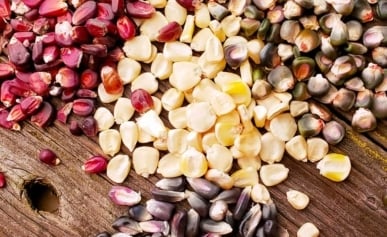
How to Make Nixtamal
Here’s how to prep dry field corn to make either fresh corn tortillas, or to get it ready to grind for masa harina.
Read MoreOnce you have your nixtamal, grind it through your corn grinder. You should know that making masa often gives me good biceps… yeah, it’s a workout to grind grain by hand. Think of it as the abuela workout. But it’s not that tough.
Once you have your masa ground, you need to dry it. I lay it out on screens that have the dehydrator sheets on them, so the masa doesn’t fall through the mesh. I dry around 100°F and it takes the better part of a day, about 6 hours.
I then let the masa dry overnight before blitzing it for about a minute or two in the Vitamix. You then have amazing homemade masa harina.
Keep it in the fridge or freezer and it will smell almost exactly like fresh masa when you make tortillas or tamales with it. It is amazing stuff that will convince you to make homemade tortillas more often. After all, you’ll have the masa flour handy.
Just add water.

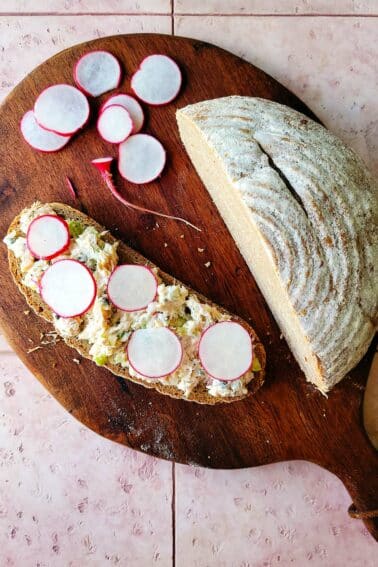
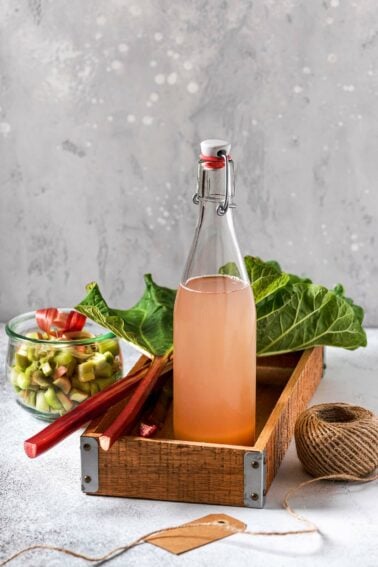


Goya sells white hominy in bags. It is dried. Since hominy is nixtamalized corn I’m wanting to grind it in my Victoria grinder to make tortillas.
My reason for doing this is to store the unground corn long term for prepping.
MASIENDA says one year to keep masa harina as their official best by date.
Can this work?
Hi! Thank you for the information. Can I use a food processor instead of the vitamix container to grind the nixtamalized corn? And if not, what is another option for grinding it? Thanks for the help!
Lisa: A food processor won’t grind it finely enough. It’ll make great grits, but not something fine enough for tortillas.
Hello,
This is really interesting. However, I don’t have a manual grinder. I was wondering if I can skip that step, dehydrate the corn and mill it in my WonderMill grinder… what do you think?
Danielle: In theory, yes. Grinding dried corn is hard on grinders, but if yours is made to handle that, then it’s worth giving it a go.
thanks for writing this up! I have a flour mill that can grind corn kernels so I was thinking to dry the nixtamal before grinding. I do both – pull half for fresh masa and dry the other half. I’ve had good results with basic yellow dent field corn and a Plymouth multi-colored varietal that when ground into masa makes an interesting green color lol.
You can find all the grains in bulk fairly cheaply on Amazon. Love your writeups – they helped me fine tune a couple of steps.
Can I use canned hominy to make masa harina?
Chanel: I’ve not tried it.
Can I make masa harina from popcorn kernels?
Chanel: No. They don’t have the proper starch.
What kind of corn should I look for at the supermarket?
Chanel: I’ve never seen the proper corn in any Anglo supermarket. But in Latin markets you can find white pozole corn that will work. It will be dried in bags.
Me again! Alas, this is also incorrect – you can make masa harina from popcorn. Popcorn is similar in composition to field corn but has different shape and a thicker pericarp, which is what lets you pop it.
Angelo: Good to know, thanks.
Hello, I was wonder if I can nixtamalize the corn, soak overnight and rinse with water and then sun dry the corn. Last step is dry grinding the dried corn. Does the corn count as being nixtamalized without a wet grind?
Jacken: Yes, you can do that. The nixtamalization is the boiling/soaking process with the slaked lime (cal).
How long does the masa harina last in the freezer? I saw you replied to someone else’s question that it lasts about a year in the fridge.
Also, what is the best way to store it, container wise?
Thanks!
Sara: Forever. Like years. If you are really going for long term, vacuum seal it in a chamber vac sealer. But I put it in quart Mason jars. A Ziploc would work fine, too.
I have a wondermill jr. it has a masa auger. It does wet/oily grinding and dry.
I use it mainly to grind coffee but I make masa, peanut butter, farina and cornmeal out of it. The only reason I don’t use it for flour is I have an electric mill that hasn’t died yet and I use a lot of flour.
We are off grid living off the land 🙂
The ingredients and equipment seems expensive Is there a frugal way to make masa harina?
Um, it’s corn and cal. Can’t get much cheaper than that. As for grinding, the cheapest you can get is a Victoria grinder for about $45. If that’s too expensive, then just buy premade masa harina.
The speciality corn looks expensive, Can I make masa harina from popcorn kernels?
Do you know the best way to dry fresh corn ears? I’m making masa for the first time and I’m also doing it with corn grown in my yard and i can’t figure the best way to dry the whole ears.
Caleb: Yes, on the stalk. I never harvest until the kernels are rock hard.
Hi, I’m Khairul from Malaysia. I’m interested in dehydration process to make masa flour.
How long can the Masa Harina last if keep in the fridge?
If we keep it at room temperature like other flour how long it will last?
Khairul: I’ve had it last a year in the fridge, and it will keep at room temperature, but will decline in quality over time.
Hank, thanks for the post.
My process is to do the nixtamal, and then I dry the whole kerners at 150 F in the oven with convection on. If it’s a really hot day in the summer, I actually put them out in the sun. Either way, It takes 5-6 hours. Then I throw them in my vitamix and grind to a fine powder.
I can’t think of a reason why grinding the kernels before drying is important, but I’d like to know if you do. Thanks!
Diego: Only because grinding dried corn kernels is hard on a grinder, or at least my grinder. If you have a strong grinder, your method should be perfectly fine!
good stuff brother, kinda the long way around the barn, but quality takes time.
You say after grinding your nixtamal into masa, dry it. So, you grind it while the kernals are still wet??
Karen: Exactly. In a perfect world you make lots of wonderful things with the fresh masa, eat that for a couple days, then dry what you can’t eat for later. Fresh masa is SO much better than even the best masa harina.
Hi, I have limited space and also my wife cannot justify buying a mill. At the moment I use ‘East end’ pop corn from a local Asian store. I live in the UK and sourcing is difficult (help?). I nixtamalize, then put it through a kitchen aid blender (too many negatives on Mill attachment)with a little water to stop clogging. Then I have to mix with a little ‘maseca’ to get the consistency. These are very tasty, but not the real thing. I am ‘Tuco’ for tacos. Advise please?
I looking at the Victoria corn mill. Does anyone have advice on the high hopper vs. the low hopper?
Kathryn: I used the low hopper and it was fine for most tasks. The high hopper is for when you want to grind a lot of corn.
S
Hi Hank,
Thanks so much for all your knowledge.
I wish I read this blog before I made a mistake. So I did all the steps grew 6 heirloom corn verities, dried out the cornels removed themfrom the cob then I used my dry jug and ground them!!!!!
Do you think I can still soak it now that it is ground and get the nixtamalisation then dry it again and grind it finer?
I am devastated. 🙁 I hope you can help.
Thanks again for all your info
Shakira
Shakira: Huh. I have never heard of someone nixtamalizing corn meal. But I bet if you searched online you might find someone who has tried it. I am sorry that happened. At the very least, you can make some damn good grits!
Hi Hank,
Thanks so much for getting back to me. Really appreciate it.
I will do some research and check it out. If I find something I will let you know.
Thanks again.